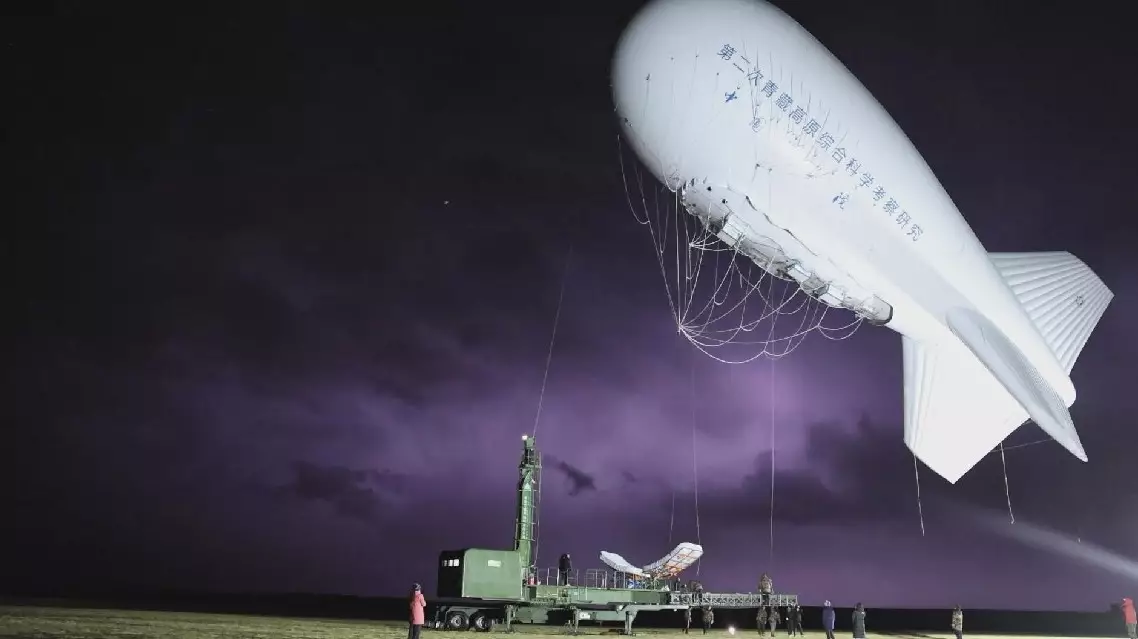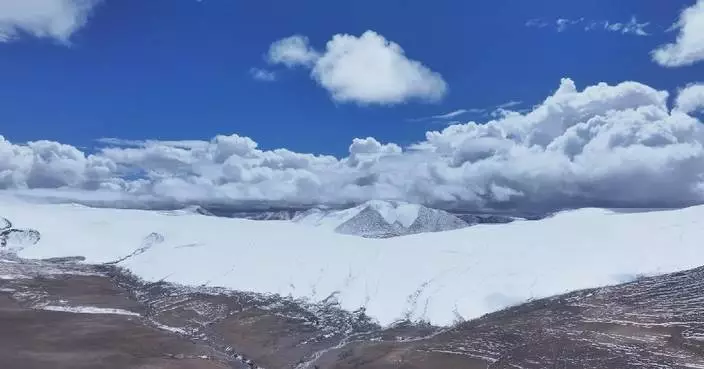American journalist and music critic on hip hop music and culture Jeff Chang on Monday shared his insights into the development history of breakdancing and its journey to the Olympic stage.
Breaking, a style of street dance originating in the United States in the 1970s, made its Olympic debut at the Youth Olympic Games in Buenos Aires in 2018 and was chosen to feature in Paris 2024 as a new sport.
Although breakdancing lacks the centuries-long traditions of sports like gymnastics, track and field, and swimming, it has nonetheless caught on quickly among spectators for its exciting, youthful and energetic spirit, said Chang, who is the author of the book titled "Can't Stop Won't Stop: A History of the Hip-Hop Generation" chronicling the early hip hop scene.
"This is a dance that goes back 50 years, like you've heard the breakers say, like Victor (Victor Montalvo, an American B-boy) saying, it's evolved, it's not a dance like the Cha Cha. It's continued to evolve, right? And so, it becomes a sport, really, over the last five or ten years, when you have folks who are on the dance sports arena trying to push it as a sport into the Olympics. And so, in 2018 in Buenos Aires at the Youth Olympics, it made its debut. It was an incredible exhibition. And I think that, plus the fact that France had already had a huge infrastructure built up on groundbreaking, lent itself to make a decision to add breaking to the Olympics," he said in an interview with the China Global Television Network (CGTN).
Many Olympic sports require an excess of economic support for training, but as an artform that literally started on the streets among youth with nothing more than a boombox, breakdancing stands apart as a sport that requires little start-up costs, said Chang.
He explained that breakdancing gradually moved into nightclubs and communities where the crowds affirmed the winners of dance-offs, and by the 1990s, the world started to see global breakdancing contests starting up with formalized rules and judging principles.
"For this particular contest, for the Olympics, there's been a real concerted effort to try to take the hip hop aesthetic of mind, body and soul, and to actually put that into a system so that the scores actually appear in real time after the contests. And there's a number of different -- there's six different categories that folks are judging on that basically represent what people love about the dance. It's improvisation, it's spark, the surprise, the techniques, the power that involved, the personality and the charisma of the dancers," said Chang.

American journalist shares insights into history, Olympic debut of breakdancing









